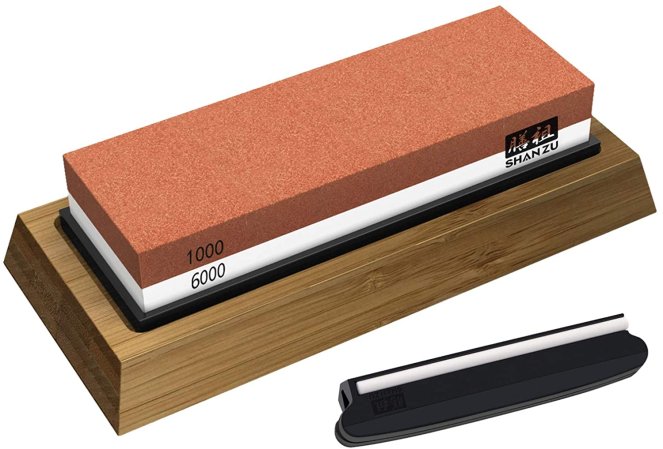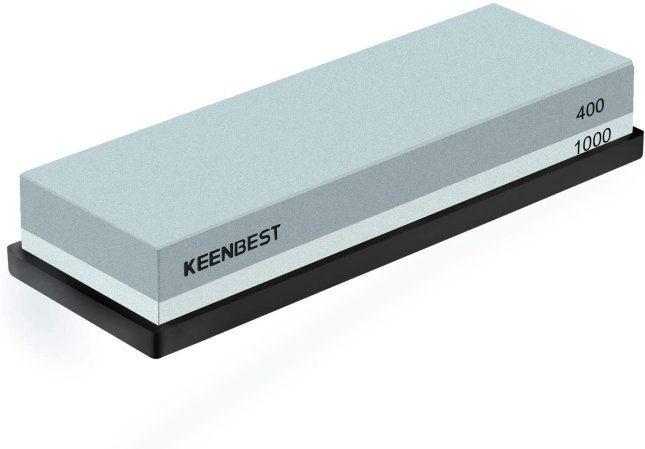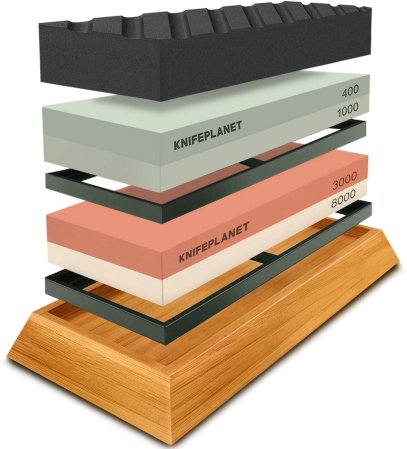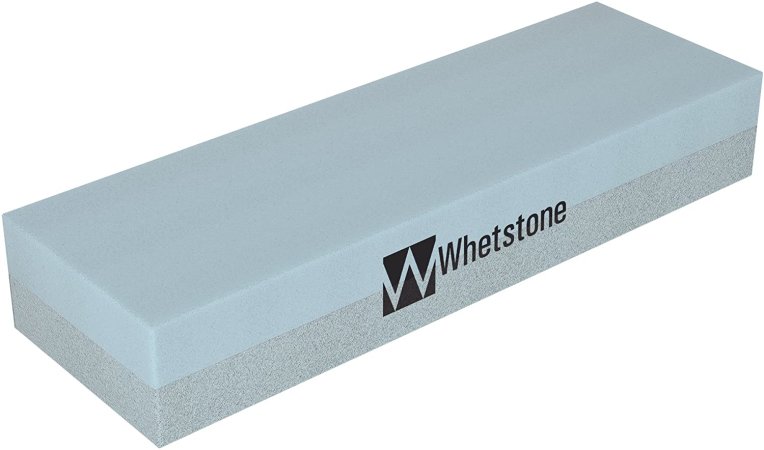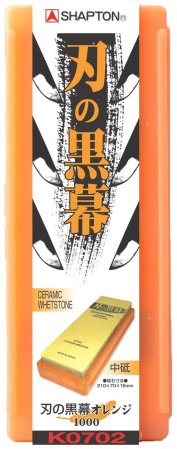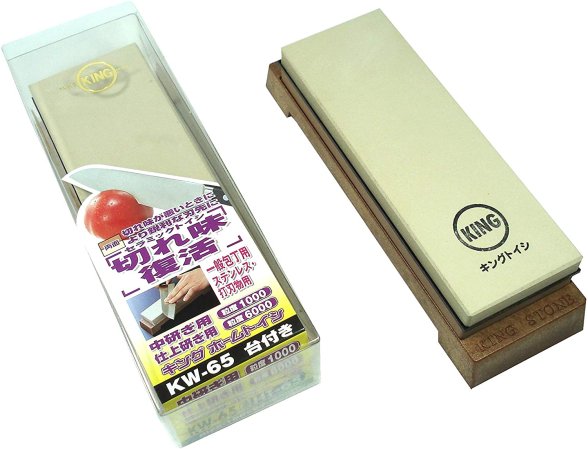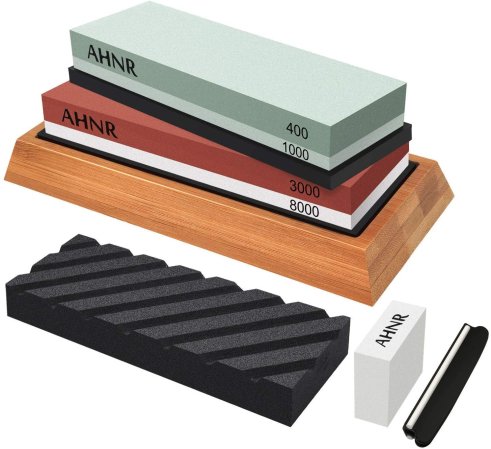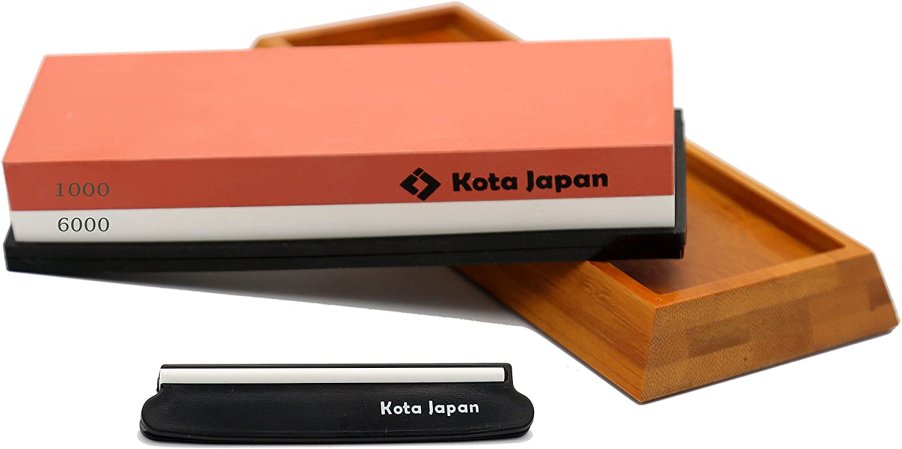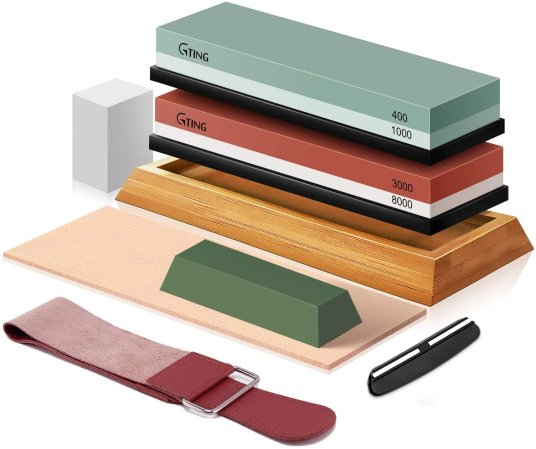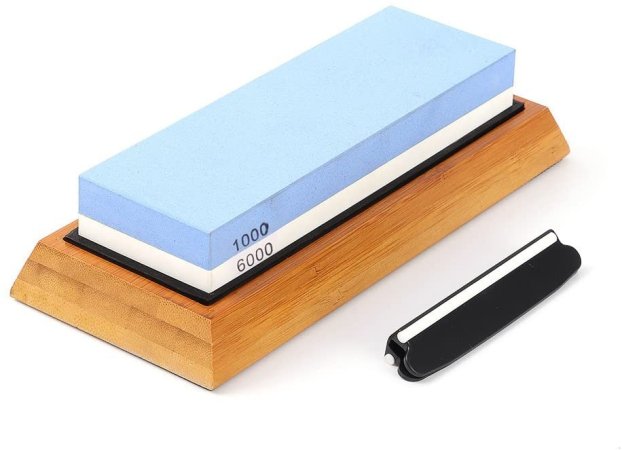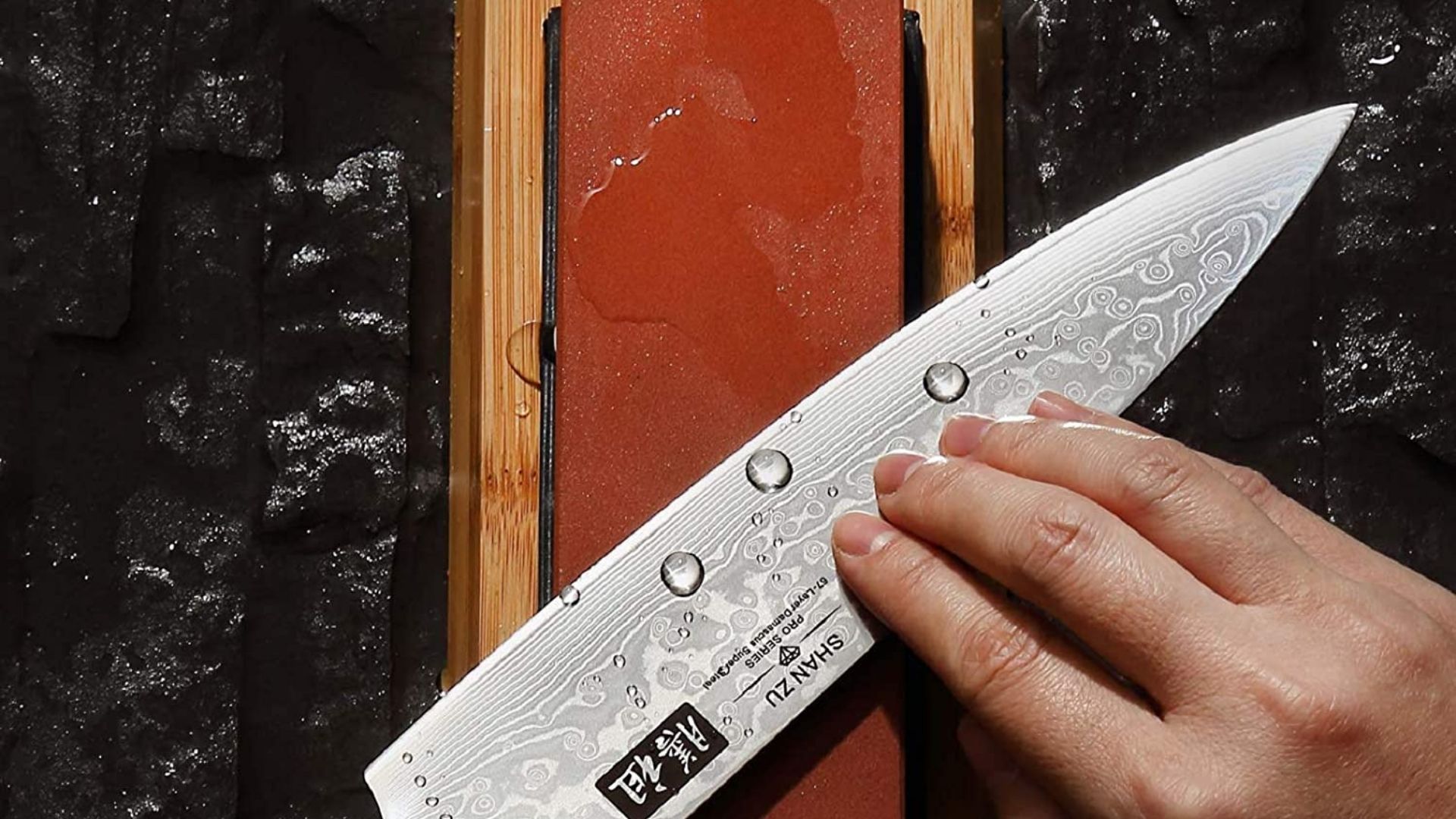

We may earn revenue from the products available on this page and participate in affiliate programs.
Keeping your favorite, most-used knives sharp is a chore. No matter how frequently — or infrequently — you break out your knives and use them, they become dull over time. And the knives you rely on most often are the ones that’ll dull the quickest. Relying on a dull knife means you’re using a less effective and potentially more dangerous tool, as dull knives can make cutting harder and less precise.
This is where the best whetsones come in. While sharpening your knives is certainly a chore, it can be made easier with a solid, quality whetstone. Whetstones, which are also called sharpening stones, are the perfect DIY sharpening tool. Made out of a variety of materials like ceramics, aluminum oxide, or even diamond, a few swipes along one of these stones can restore your knives’ sharp, finely-tuned blades in no time at all.
Wondering where to start in your search for just the right whetstone? Browse our picks for the best whetstones you can buy right here.
Shan Zu Whetstone
Keenbest Sharpening Whetstone
Knifeplanet Premium Knife Whetstone Set
Whetstone Cutlery Knife Sharpening Stone
Shapton Ha No Kuromaku Ceramic Whetstone
King KW65 Whetstone
Ahnr Whetstone Kit
Kota Japan Whetstone
G-Ting Whetstone Kit
Angerstone Whetstone
Related: How to properly sharpen a knife without losing a finger
Why should you trust us
I have nearly a year of experience reviewing products for Brookline Media’s websites, including The Drive and Car Bibles. My past reviews include best ATV bags, best solar chargers for backpacking, and best waterproof tents. I’ve also written historical articles for War History Online, how-to articles for WonderHowTo, and the nonfiction book Fidget! for Adams Media
The most common types of whetstones
Whetstones come in so many different varieties. Just a quick search for whetstones will turn up thousands of choices in all kinds of different materials, shapes, and sharpening grits. But there’s an easy way to begin narrowing down your options to find a quality product: Decide which type of whetstone you want to work with.
There are three common, overarching types of sharpening stones. Whetstones are divided into types based on how you use them to sharpen a knife: with oil, with water, or with tough diamonds. You can learn more about each kind below.
Oil whetstones
Oil whetstones are one of the most common kinds you’ll encounter. Considered the “traditional” choice, these stones are natural stones made from either novaculite, aluminum oxide, or silicone carbide. In order to file your knife and sharpen its blade, you’ll use oil to lubricate the metal against these stone varieties. Oil whetstones can offer different densities and create different finishes on your knife blades. Most leave behind a polished edge.
The biggest drawback of an oil whetstone is this kind of sharpening stone tends to cut metal more slowly compared to man-made stones. This slower cutting rate means you’ll have to take more time to work on your knife, which can be frustrating. Additionally, because oil is the necessary lubricant, the process can be messy and harder to clean up.
Water whetstones
Water whetstones are another option, though they’re a bit newer and still gaining popularity. Like oil whetstones, water whetstones can be made from natural stone — but they can also be made from synthetic materials. Synthetic water whetstones are the most common. Typically made of some kind of aluminum oxide variety, these sanding stones are abrasive but soft in their density. This makes water whetstones faster at cutting; they’re able to break down old metal easily to sharpen quickly.
While faster cutting is the biggest advantage of water whetstones, the lubrication is another benefit. Water is easy to wipe down and clean up once you’re done sharpening. However, there is one disadvantage: Water whetstones wear down quickly, and they tend to break apart more easily. This leads to uneven surfaces on your sharpening stone, which can make sharpening knives more difficult.
Diamond whetstones
Diamond whetstones are the toughest variety you can buy. They’re actually made with small diamonds, which are attached to a metal plate. Those diamonds and their high hardness level cut very quickly, taking blades from dull to sharp in no time at all. There are two kinds of diamond whetstones to choose from: mono-crystalline or poly-crystalline. Both last a long time, but mono-crystalline are the most durable.
Diamond whetstones sharpen at a fast speed and stay flat even over many uses. There’s just one drawback: the cost. These sharpening stones are very expensive, and they’re an investment. However, you’ll get a whetstone that lasts for the long term, which can be a benefit.
Related: The best EDC knives worth relying on
What to look for when buying a whetstone
As you shop for the right whetstone for your specific knives and needs, you’ll want to consider two important factors. In addition to picking out the right type of stone, you’ll also want to take the time to think about a whetstone’s grit and durability.
The type of sharpening stone you choose will largely determine its durability. Like we mentioned above, some stones are simply tougher than others — diamond is the hardest material you can buy in a whetstone, and it lasts the longest. Other options are softer and may not survive as long or through as many uses. Think about how many knives you use regularly, as well as how often you’ll be sharpening them on your whetstone. If you’ll use it frequently, you’ll want a tougher, more durable option.
The grit is critical because it determines how well a whetstone actually sharpens knife blades. A smaller number means you’re getting a coarser grit — #1000 or less is considered coarse, and it’s best for extremely dull blades. A larger number indicates finer grit, which is ideal for finishing, polishing, or creating a sharper edge. It’s a good idea to have whetstones in a variety of grits so you have everything you need to fine-tune your knives.
The advantages of owning a whetstone
If you’ve ever watched your favorite knife’s blade go dull and felt like you couldn’t do anything to save it, you can benefit from owning a whetstone. These handy sharpening stones offer many advantages, but their biggest perk is the ability to restore a good knife back to its former glory. You don’t need to rely on a professional — or, even worse, throw out the knife altogether — as you can easily sharpen the blade yourself. Even if you’re a first-time whetstone user, you’ll love the advantages one of these stones offers for dull or less-than-perfect knives.
When you own a whetstone, you’ll get so much more than the ability to do your very own knife sharpening at home. Whetstones offer plenty of benefits, including:
- Easy, convenient at-home sharpening that absolutely anyone of any skill level can master;
- Cost savings, as you’ll no longer need to replace knives that have gone dull or take them to a professional for expert sharpening; and
- The flexibility to sharpen all kinds of different blades, from kitchen knives to utility knives to scissors and so many more varieties.
Pricing ranges for whetstones
- Under $20: It’s easy to find a whetstone on a budget — there are plenty of options available that are priced at $20 or less. They may not offer the highest level of durability, but you can find many choices within this range.
- $20 to $40: For more durable whetstones and a variety of different grit choices, you can expect to spend between $20 and $40. Within this price range, you’ll step up to slightly better quality, too.
- $40 and Up: The most premium and highest-quality whetstones are priced at $40 and up. Within this range, you’ll find extra-durable options, like diamond whetstones, and even whetstone sets that include multiple stones, a variety of grit choices, and more.
How we chose our top picks
To select our products and come up with a list of the best whetstones, we turned to Amazon. We examined the best-selling whetstones available, looked at their star ratings and customer reviews, and read up on what users had to say about their favorite — and least favorite — sharpening stones to assess their effectiveness.
